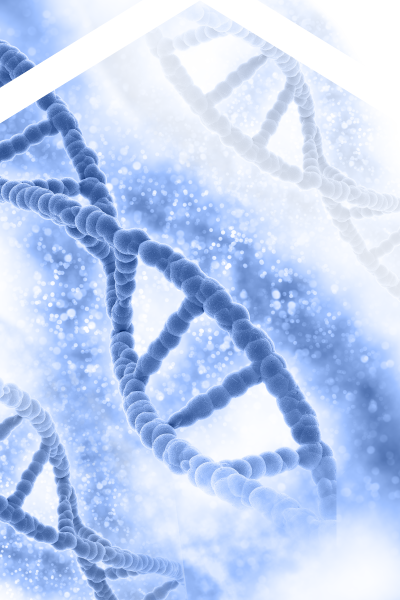our science
Mast Cell Diseases
Mast cells are the main storage centre for histamine which is released in large quantities in mast cell-related diseases such as mastocytosis and chronic urticaria. Histamine also plays an important role in many autoimmune, inflammatory, and allergic diseases. Primarily located in mast cells, histamine binds to receptors throughout the body when released, triggering a wide range of pathology. Excessive histamine can lead to urticaria, asthma, dermatitis flares, anaphylaxis, and various hypersensitivity reactions. It is also implicated in inflammatory diseases such as Crohn’s disease, ulcerative colitis, and migraine, as well as a range of drug hypersensitivities. The rapid and complete degradation of pathologically elevated histamine levels in blood and tissue by rhDAO can prevent activation of all 4 histamine receptors.



Limitations of Current Treatments
Current treatment strategies for mast cell related diseases include direct targeting of the mast cell populations, inhibitors of mast cell activation, and inhibitors of the mediators released by mast cells, the most important being histamine. None of these approaches directly deplete histamine concentrations and their lack of selectivity can be associated with significant toxicity at higher concentrations.
The concentrations of histamine in our target diseases are high and cannot be adequately addressed by existing treatments. Our approach directly and rapidly degrades histamine thereby managing histamine concentrations and preventing activation of all 4 histamine receptors.
Recombinant Human Diamine Oxidase (rhDAO)
Our Development Plan
Our clinical plan integrates studies involving both healthy volunteers and patients. This approach will define human pharmacology, confirm the pharmacodynamic effect of rhDAO, and facilitate rapid transition into a registration-directed clinical program. The initial target diseases include systemic mastocytosis and chronic urticaria, where histamine plays a pivotal role, and significant unmet medical needs exist. Early confirmation of human pharmacology and efficacy in healthy volunteer studies including histamine challenge, as well as patients with systemic mastocytosis will provide the clinical proof of concept to develop rhDAO in multiple diseases characterised by mast cell activation. Thereafter, opportunities exist to develop rhDAO in a a broad range of inflammatory, allergic, and autoimmune diseases.

Future Opportunities
The potential clinical applications of rhDAO are extensive. We intend to construct a comprehensive clinical development program to efficiently identify early signs of activity in selected diseases before advancing them into full development programs.
